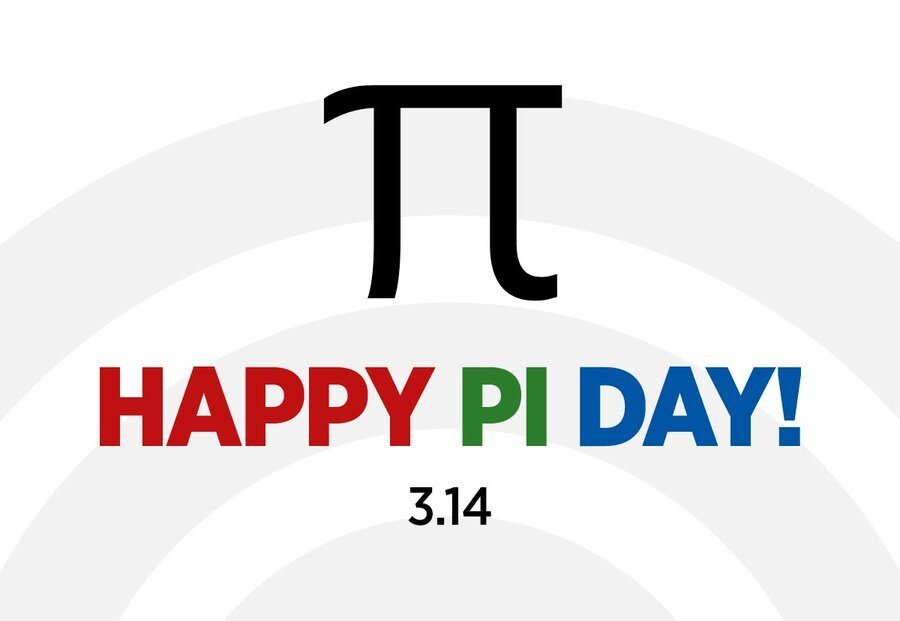Pi Day: A Slice of Mystery—Is There a Secret Code Hidden in the Neverending Number?
Mark your calendars, mathletes and conspiracy theorists alike, because March 14th (3/14) isn’t just about celebrating delicious pies—it’s Pi Day! We all know pi (π) as the never-ending decimal that represents the ratio of a circle’s circumference to its diameter. But what if there’s more to this enigmatic number than meets the pie chart?
The Code Crackers and the Cipher Hunters
For centuries, mathematicians have been obsessed with pi, calculating its digits further and further with each technological leap. But some believe this relentless pursuit isn’t just about the pursuit of mathematical purity. Conspiracy theorists believe the digits of pi hold a hidden code, a message waiting to be deciphered.
Imagine a secret formula for perpetual motion, a blueprint for an alien civilization, or even the key to unlocking the mysteries of the universe—all hidden within the seemingly random sequence of 3s, 1s, and 4s.
Decoding the Pi Puzzle
So, are we just a bunch of pie-eyed conspiracy theorists? Not necessarily. Mathematicians have found patterns within pi—statistical anomalies that suggest some level of order within the chaos. Could these patterns be a message waiting to be read?
Prepare to Slice Open the Truth
This Pi Day, ditch the traditional pie and take a bite out of the mystery. Join the online forums buzzing with code-breaking attempts. Dive into the research of mathematicians who believe the secret of pi is yet to be unlocked. Who knows, maybe with enough brainpower (and pie for fuel), we might crack the code and unlock the secrets hidden within this never-ending number.
But be warned: the deeper you delve, the more you might question everything you thought you knew about math, the universe, and maybe even pie.
The Cryptic Digits: A Pi Day Mystery
Chapter 1: The Enigma Unfolds
The air hung heavy with anticipation as the clock struck midnight. In the heart of New York City, a clandestine gathering was about to unfold—one that would forever alter the course of mathematical history.
Professor Evelyn Sinclair, a renowned cryptographer and lover of all things irrational, stood at the entrance of the dimly lit speakeasy. The password was whispered into her ear by a shadowy figure: “Three points, one, four.”
The door creaked open, revealing a room bathed in crimson light. The walls were adorned with ancient symbols, their meanings lost to time. A hush fell over the assembled guests—a motley crew of mathematicians, codebreakers, and conspiracy theorists.
At the center of the room stood a circular table, its surface etched with the first thousand digits of π. A single candle flickered, casting eerie shadows on the faces of those gathered.
“Welcome,” Professor Sinclair began, her voice barely audible. “Tonight, we delve into the unsolved mystery of π. Beyond its mathematical significance lies a secret—a cipher hidden within its digits.”
The room buzzed with curiosity. What could possibly be concealed within the infinite sequence of π?
Chapter 2: The Cipher
The professor produced an ancient scroll, its edges frayed and yellowed. “This,” she said, “is the lost manuscript of Archimedes himself. Legend has it that he encoded a message within π—a message that could change the world.”
The crowd leaned in, their breaths held. Professor Sinclair traced her finger along the digits, pausing at seemingly random intervals. “Each pause,” she explained, “represents a letter. Deciphering this code is our mission.”
The tension mounted as the room collectively squinted at the digits. Was it a riddle? A prophecy? Or perhaps a recipe for the perfect apple pie?
Chapter 3: The Suspects
Suspicions ran high. Among the attendees were:
- Dr. Maxwell Turing is a brilliant mathematician with a penchant for puzzles. His eyes darted nervously, betraying hidden knowledge.
- Lena “Cipher” Rodriguez is a hacker extraordinaire, rumored to have cracked the Pentagon’s encryption. Her tattoos told stories of forgotten codes.
- Professor Ignatius Stone was a recluse who rarely left his ivory tower. His obsession with π bordered on madness.
As the night wore on, alliances formed and dissolved. Whispers echoed through the room: “The key lies in the Fibonacci sequence.” “No, it’s a transposition cipher!” “What if π is a cosmic message from extraterrestrial beings?”
Chapter 4: The Revelation
At the stroke of 3:14 AM, Professor Sinclair stepped to the center of the table. She recited the decoded message:
“Beyond the digits lies a gateway. Seek the circle’s heart, where π becomes one.”
The room erupted in gasps. The circle’s heart—the very center of π—was a location known only to Archimedes himself. And within it lay a portal—a passage to realms unknown.
As dawn approached, the cryptographers dispersed, each vowing to find the circle’s heart. The fate of humanity rested on their shoulders.
And so, on this Pi Day, the quest began—a race against time, reason, and the infinite. For within π, secrets whispered, and destiny awaited those who dared to unravel the cryptic digits.
🥧 Happy Pi Day! 🥧





